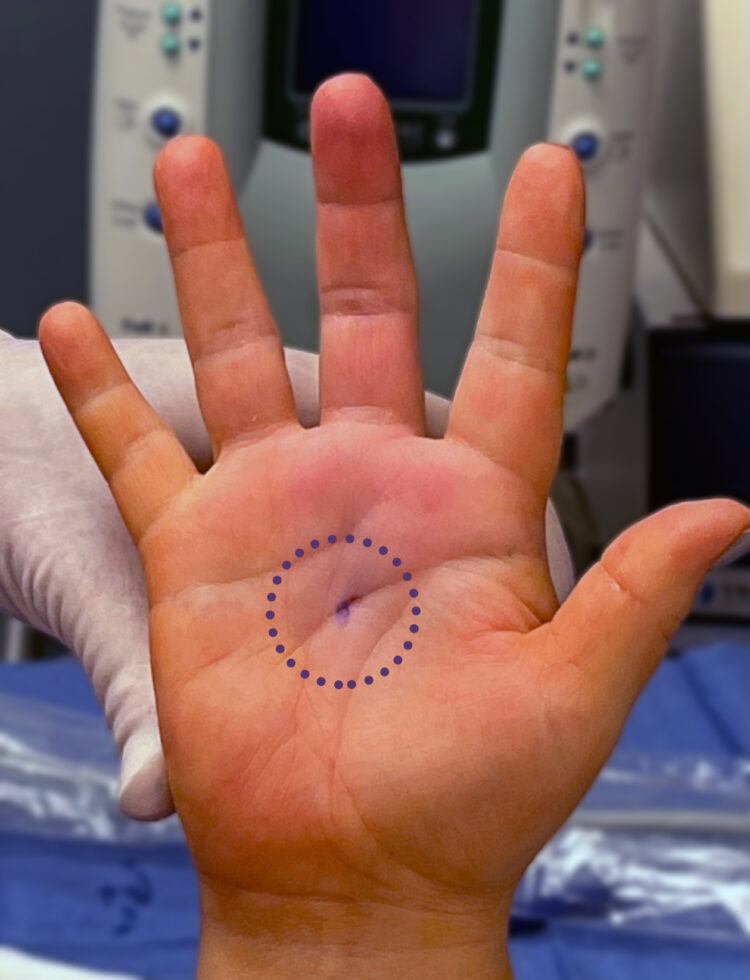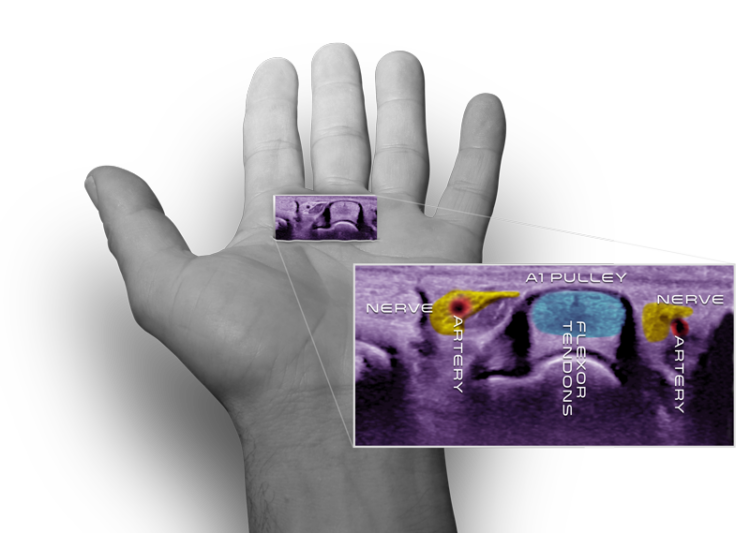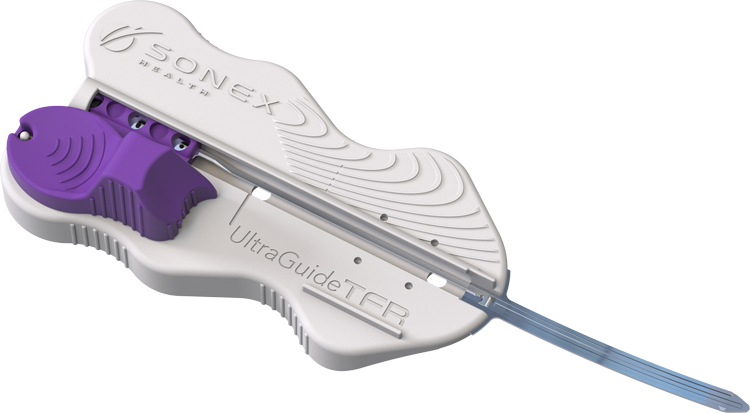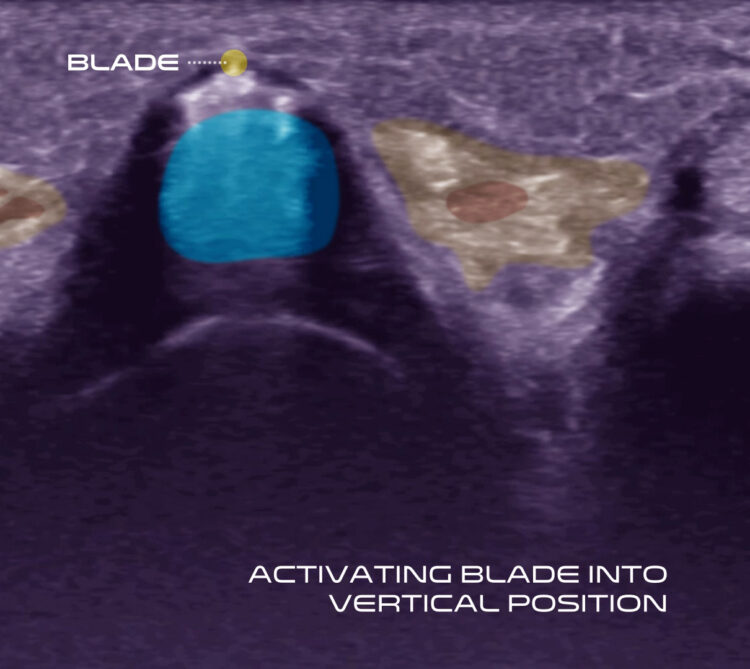
Trigger Finger Release with Real-Time Ultrasound Guidance
Benefits include:23-25
- Performed in your office or procedure room
- Can be performed using local anesthesia
- Return to normal daily activities in 3 days
- Small incisions typically closed without sutures
- Most patients only require acetaminophen or NSAIDS for pain management




